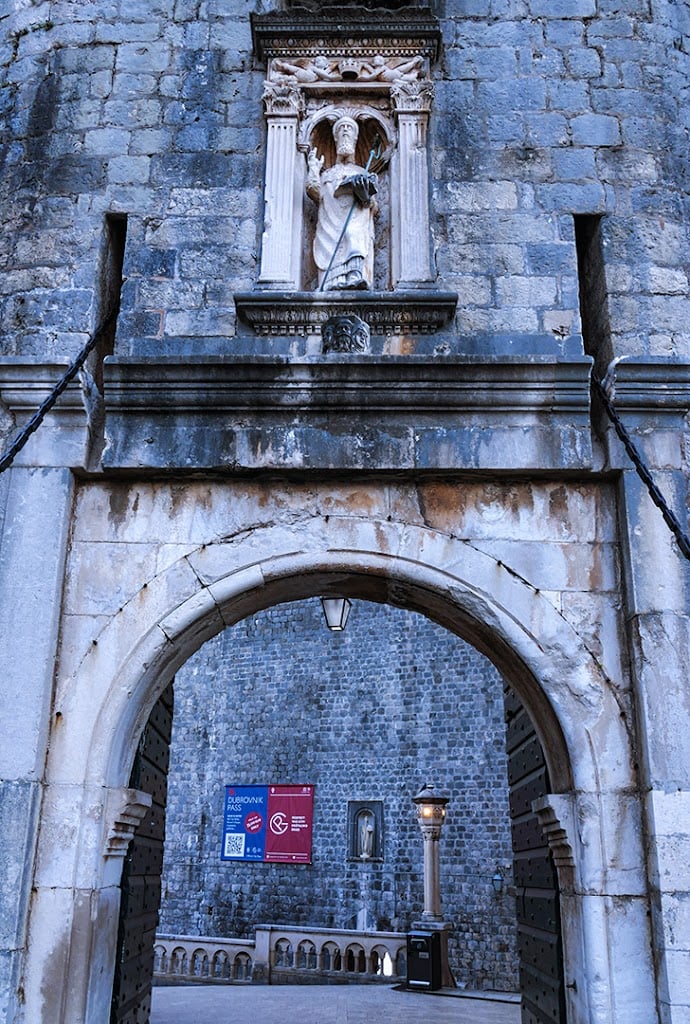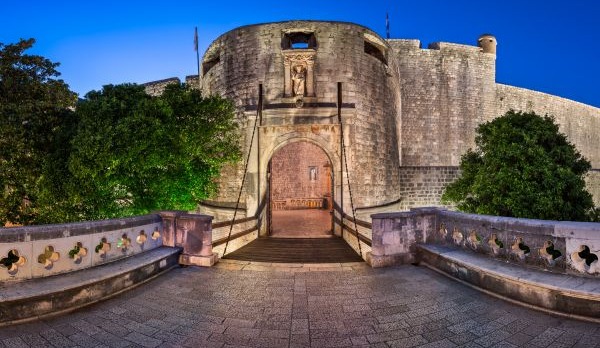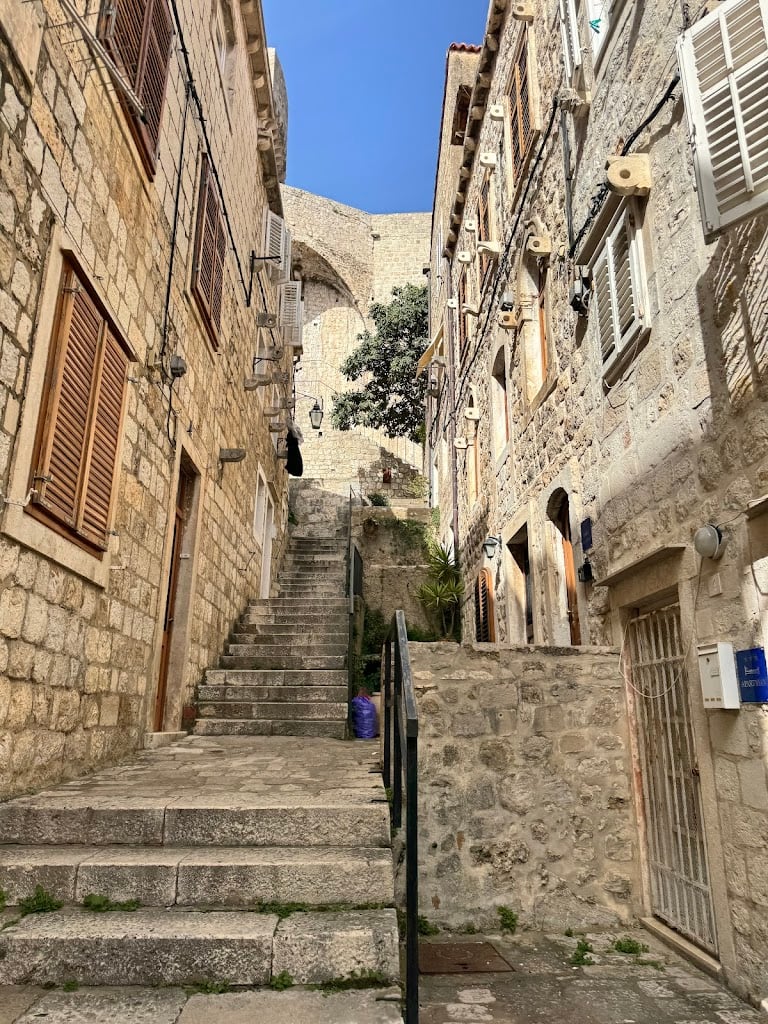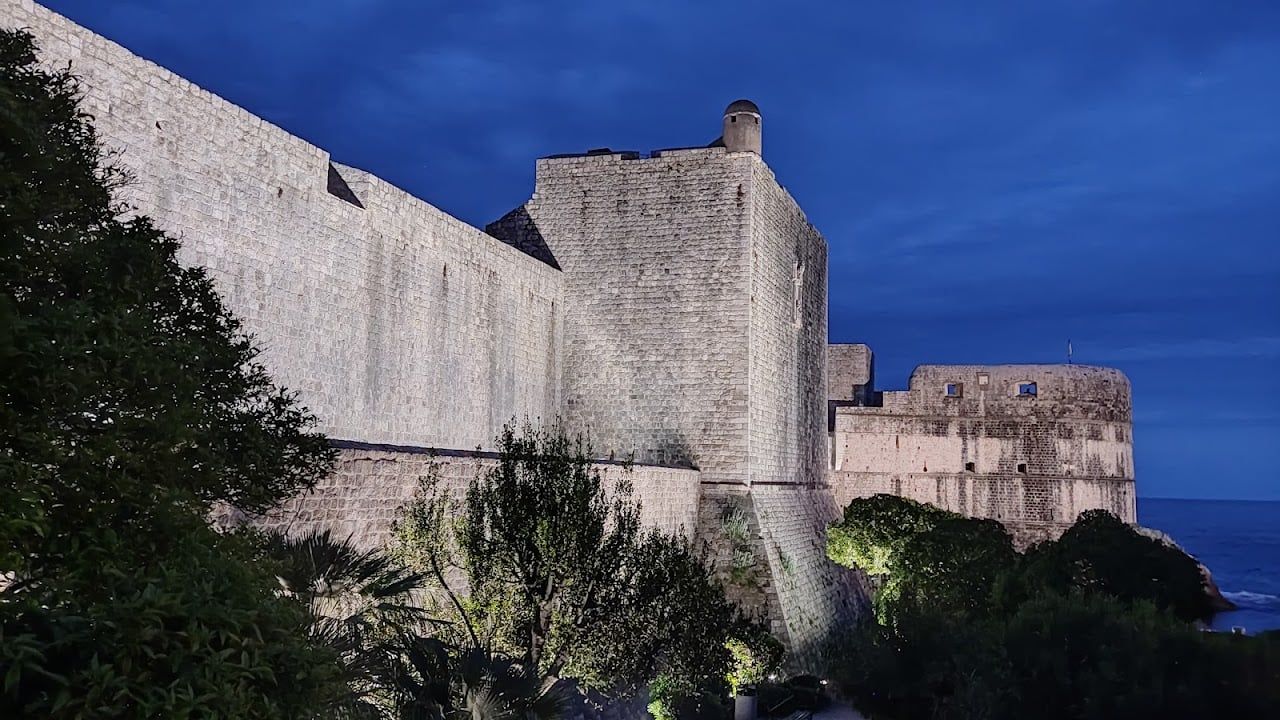Pile Gate





About Pile Gate
Get the inside scoop on Pile Gate from local experts, travel creators, and tastemakers. Browse genuine trip notes, Pile Gate reviews, photos, travel guides, and itineraries from real travelers and plan your trip with confidence.
What people say
Pedro Pereira
Available for hire
"Pile Gate serves as a crucial entry point to Dubrovnik, consisting of both Inner and Outer City Gates. The Outer City Gates, characterized by a Renaissance arch in the shape of a semi-circle, were constructed in 1537. A stone bridge, featuring a wooden drawbridge insert, spans the City trench and leads to these gates. This drawbridge was traditionally raised each night during the time of the Dubrovnik Republic to enhance the city’s defenses. In contrast, the gates now remain perpetually open to welcome the numerous visitors that flock to Dubrovnik.
The history of Pile Gate begins with the first stone bridge, built in 1397 by Ivan of Siena. This original bridge had a single arch and was flanked by stone benches. Interestingly, the Pile Gate bridge was similar in design to the outer bridge of Ploče Gate, which was constructed between 1449 and 1450 based on the Pile Gate prototype. Crossing this bridge brings visitors to Revelin Fortress.
In 1471, the City trench was widened, leading to the construction of a new bridge with three arches, designed by Paskoje Miličević. This structure replaced the earlier Pile Gate bridge, enhancing the city's fortifications. Between 1533 and 1537, further modifications were made: the first arch of the bridge was demolished, and the gates were redesigned to their current form, incorporating the movable wooden gate bridge.
The Inner Pile Gates, which lead through the main city wall, are notable for their Gothic arch and double-door entrance. These gates were built in 1460, following the design of the Peskarija Gate, replacing older gates that are referenced in the Statute of Dubrovnik from 1272.
On the other hand, the Inner Ploče Gate, formerly known as the Gate of St. Luka, are quite small, measuring only 2 meters (7 feet) in width. These gates exhibit a Romanesque style, with the main arch adorned with a stone-carved head of St. Blaise, the patron saint of Dubrovnik. The Asimon Fortress looms above these gates, while a newer, larger gate was added during the Austrian occupation in the late 19th century.
The Outer Ploče Gate, built in 1450 by Simeone della Cava, underwent widening by the 19th century. Like the Pile Gate, the outer gate bridge was designed based on the earlier prototype of the Pile bridge created by Ivan of Siena."
Read more in:
Emily Laura
"Pile Gate is the main entrance to Dubrovnik Old Town (it is where most of the buses stop and where a taxi will drop you off). Just inside the gate there are steps leading down to the Stradun, or a sloping path to your left. Just down these steps was where the Royal entourage were walking back to The Red Keep after Myrcella was shipped off to Dorne. You might know this scene as the one where Joffrey was hit in the face with a pile of manure!
Pile gate was also used in season 3 when Jaime returned to King's Landing after being freed by Catelyn Stark.
Usually Pile gate is open 24/7 (there is traffic flow management in place during the day), however, to film this scene with Joffrey they allowed the gate to be closed.
According to one of the extras who appears in this scene it was really hard to actually find extras for this scene. This is because Croatian men are some of the tallest men in Europe but the production didn't want the extras to overshadow the cast!
Cost: Free! "
Read more in:
Hannah Hertog
"Here you will have an opportunity to buy a ticket to walk the walls. I highly recommend doing this. Wear comfortable, cool, clothing and walking sneakers. There isn't much shade, and lots of walking with steps."
Mentioned in these guides
Save this spot for later or start mapping out a new trip today


